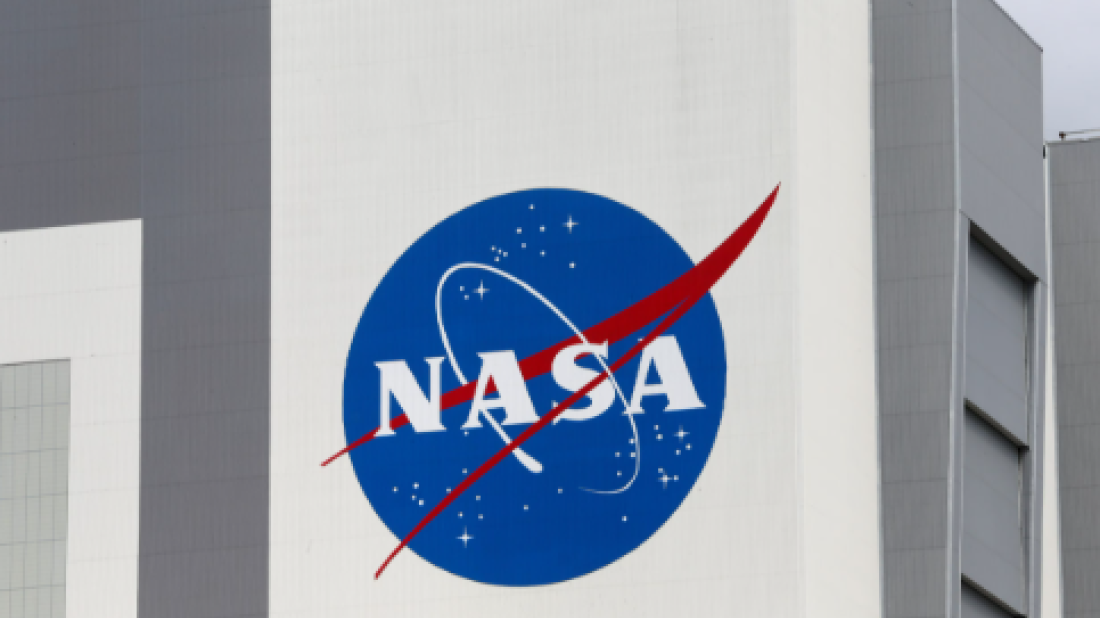AnewZ Morning Brief - 27 December, 2025
Start your day informed with AnewZ Morning Brief: here are the top news stories for the 27th of December, covering the latest developments you need to...

NASA’s Perseverance rover has spotted the first aurora on Mars visible to the human eye, offering a glimpse of what future astronauts might one day enjoy under the Martian sky.
For the first time, an aurora on Mars has been detected in visible light, thanks to observations made by NASA’s Perseverance rover. The green glow, dimmed slightly by dust, appeared after a powerful solar storm swept across the planet in March 2024, according to findings published Wednesday in Science Advances.
Unlike previous auroras on Mars, which were only detectable in ultraviolet light, this one could potentially be seen by the naked eye—a promising development for future human explorers.
The event followed a solar flare and a coronal mass ejection, which sent a wave of charged plasma toward Mars. Scientists from the University of Oslo and other institutions had three days' notice to position the rover’s cameras, allowing them to capture the rare spectacle.
“This marks the first time we’ve had an aurora on Mars that could be visible to humans, not just instruments,” said Elise Wright Knutsen of the University of Oslo, lead author of the study. “It means astronauts on the surface could one day watch auroras just like we do on Earth.”
Researchers say that despite the dusty atmosphere dimming the aurora’s glow, more powerful solar events or clearer conditions could produce even brighter displays. The finding also demonstrates that space weather forecasting at Mars is now possible, opening the door to new research on how solar activity affects the red planet.
In 2025, Ukraine lived two parallel realities: one of diplomacy filled with staged optimism, and another shaped by a war that showed no sign of letting up.
Polish fighter jets on Thursday intercepted a Russian reconnaissance aircraft flying near Poland’s airspace over the Baltic Sea and escorted it away from their area of responsibility.
The United States carried out a strike against Islamic State militants in northwest Nigeria at the request of Nigeria's government, President Donald Trump and the U.S. military said on Thursday.
Russia launched missiles and drones at Kyiv and other parts of Ukraine overnight on Saturday, Ukrainian officials said, ahead of talks on Sunday between President Volodymyr Zelenskyy and U.S. President Donald Trump aimed at ending nearly four years of war.
President Volodymyr Zelenskyy has said he will meet U.S. President Donald Trump on Sunday to discuss territory and security guarantees, as diplomatic efforts intensify to end Russia’s war in Ukraine.
China’s core artificial intelligence (AI) industry is projected to surpass 1.2 trillion yuan in 2025 (about $170 billion), up from more than 900 billion yuan in 2024, according to a new industry assessment.
Time Magazine has chosen the creators behind artificial intelligence as its 2025 Person of the Year, highlighting the technology’s sweeping impact on global business, politics and daily life.
Children are forming new patterns of trust and attachment with artificial intelligence (AI) companions, entering a world where digital partners shape their play, their confidence and the conversations they no longer share with adults.
The International Robot Exhibition (IREX) opened in Tokyo on 3 December, bringing together visitors to explore robotics applications for industry, healthcare, logistics, and everyday life.
A bipartisan group of U.S. senators, including prominent Republican China hawk Tom Cotton, introduced the SAFE CHIPS Act on Thursday, aiming to prevent the Trump administration from easing restrictions on China’s access to advanced artificial intelligence (AI) chips for a period of 2.5 years.
You can download the AnewZ application from Play Store and the App Store.

What is your opinion on this topic?
Leave the first comment